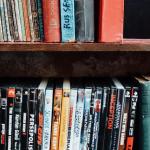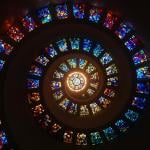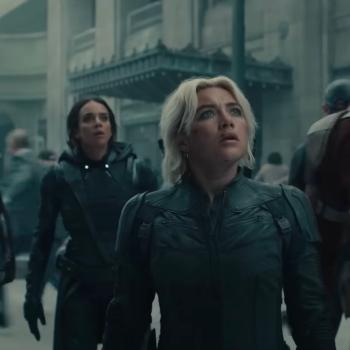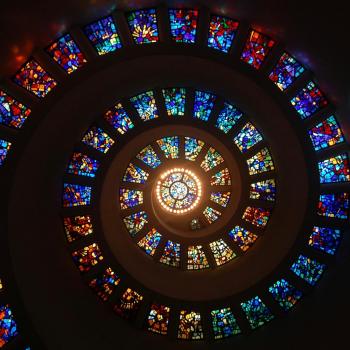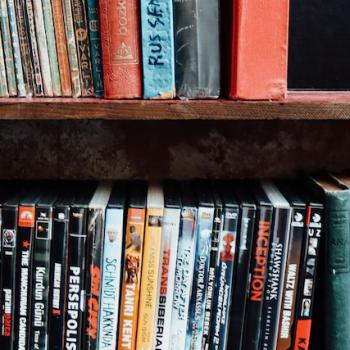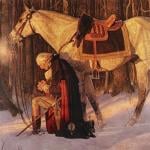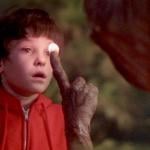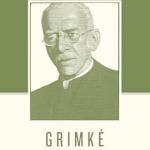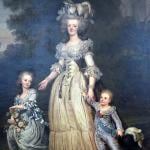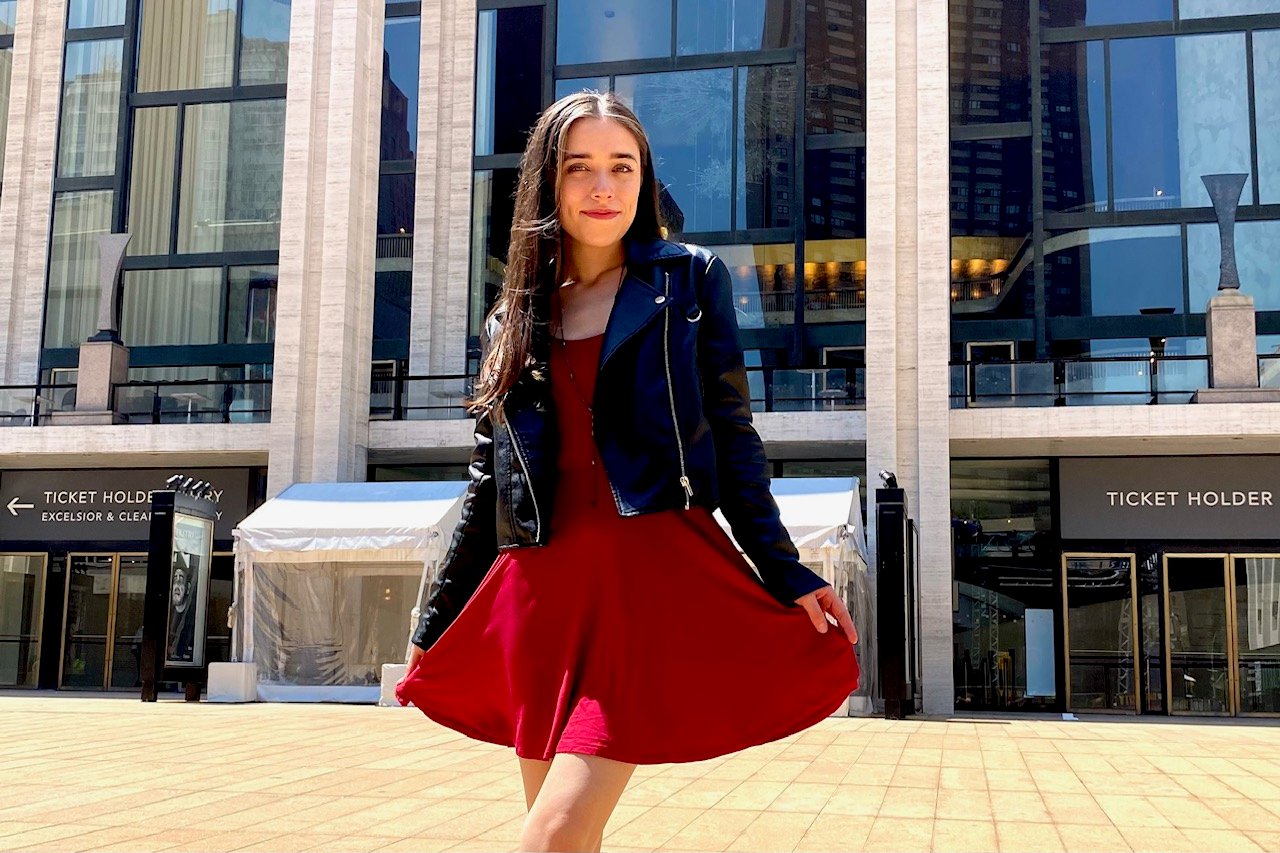
Keelia Clarkson is an actress and novelist who has a passion to tell and be a part of stories that matter. Originally from Los Angeles, she grew up right outside the lights of Hollywood, where Keelia first came to love stories and see the power they held, especially in defining our understanding of love and purpose. As a writer, Keelia’s words have been seen by millions in both print and online magazines writing about culture, art, and relationships. She recently signed a two book contract with IVP for her romance fiction series Avila Falls — a story of a big city girl finding faith, romance, and herself in a small town. As an actress, Keelia has appeared on multiple popular TV shows like NBC’s New Amsterdam and most recently as the compelling and complicated starring role in the redemptive, western romance, Bright Sky.
A common theme that Keelia has explored often in both her written and screen work is that of love, particularly in the context of redemption and faith. I had the opportunity to talk to Keelia and get her valuable insights on what true love actually is, what culture often gets wrong about relationships and romance, and how she hopes to explore and display love in the work she continues to create.
Why is so much of art, from classical paintings, operas, and literature to rom-coms, romance novels, and dating shows, centered around the concept of love, romance, and relationships?
The most beloved films and television shows, wildly popular songs, and renowned works of fiction might fall into different genres, but often enough, they each have a common theme thread: love. Whether it’s an action flick, a summer bop, or a piece of classic literature, it will commonly tell some kind of love story. So much of the entertainment that we gravitate towards centers around love because it’s a concept that’s central to who we are and what we were created to desire. We are inherently relational beings. And while there’s plenty of fulfillment to be found in the non-romantic relationships we foster, the romantic connections we forge will have a profound impact on us and the path our lives will take. But even more than that, we each long to know that we are lovable. It is one of the deepest, most persistent desires a human can have, to be fully known and fully loved. Romantic love creates a kind of connection that we can’t find in any other relationship; it involves two people who’ve mutually chosen one another and will build a life together over years to come.
Why is art such a powerful medium in defining and informing how we think of, live out, and go about finding love?
We all understand that films, television shows, and books don’t depict real-life circumstances, and even those that are based on true stories are dramatized and romanticized, but we still look to art to offer us the most beautiful image of what we desire most because we’re story-oriented creatures first and foremost. We long to live out a story that is meaningful and worthy, to be the protagonist of our own lives. Movies, books, songs, and many other art forms speak directly to this intrinsic part of ourselves. Not only that, we also often see much of ourselves reflected in the characters we come across, identify with their storylines and hurdles and story arcs. Art makes us feel seen and understood, all within a beautiful context. For these reasons, art’s influence is potent and undeniable.
What are some of the ways that media today (books, music, movies) gets wrong about love? What are truths about love that you hope to convey in your own work you see missing from the artistic landscape of today?
With so much of our entertainment focusing on love and romance, there’s bound to be unhealthy, immature, and even toxic illustrations of it. It’s an unfortunate reality that a fair amount of art centering on romance depicts illicit affairs as steamy and attractive, or controlling/borderline (or not so borderline) abusive behavior as passionate, or portray “easy” relationships as boring. I get it — conflict sells. But what we’re taught to regard as romantic matters.
On the other side of this, young women who love romance as a genre are often told that their enjoyment of it isn’t healthy; that it gives them unrealistic expectations and doesn’t offer anything of worth. Romance is so often treated as silly or shameful.
With this in mind, my goal in what I create is to challenge both of these narratives — that the more toxic a connection is the more passionate it is, and that romance books and films are fluffy and childish. I want to affirm the desire for beautiful love stories, and paint a picture of what a healthy romantic relationship can actually be like — exciting, honest, challenging, intimate, and committed.
Why are you drawn to write romance fiction like your novel series Avila Falls and acting in romances like your recent western film Bright Sky?
I love getting the chance of bringing any kind of story to life, but the reason I tend to gravitate towards stories that center around love is because it’s often through a character’s descent into love that we discover who they truly are. We watch as they let their guards down and surrender themselves to a connection that has the power to devastate them, or change them for the better. We discover more about their hopes and fears and dreams, and follow their growth as they evolve as a result of the relationship.
But even more than that, we live in a world marked by brokenness, despair, loneliness — a world that needs the hope, encouragement, insight, and joy that love stories can bring. And I’m honored to have the opportunity to be part of making that happen by writing novels and acting in films that can help make the world a more beautiful place.
What are a few of the best artistic depictions of love you’ve read/watched/listened to?
One of the first books that comes to mind is the modern classic, Redeeming Love by Francine Rivers. It tells the tale of a good man who falls in love with a troubled, lost woman. What I appreciate about Redeeming Love is that it’s a love story that isn’t based on fantasy, but instead reality. It shows us what it looks like to fully know and love the broken parts of someone, and to grow in response to someone’s selfless love. It depicts the redeeming, transformative power of true love.
500 Days of Summer is one of my favorite modern romantic movies, despite actually being a (spoiler alert) tragedy. It underlines one of the deepest problems that can get in the way of our own love stories, which is fantasy. We watch as the main character, a young man who is a hopeless romantic, falls for a beautiful, enigmatic woman. But what we come to find is that he’s only in love with the idea of her, not the real, imperfect, fallible human being that she is. Ultimately, it tells us that we can’t bend love to our will, but must learn to embrace the uncertainty that comes with romance.
Lastly, Rene Magritte’s “The Lovers” painting is a stunning representation of humans reaching for their intrinsic desire for love and intimacy that we were created with, while grappling with our brokenness and inclination to hide ourselves from truly being seen. It strikes as almost being a depiction of Adam and Eve after the fall, when they realized they were naked and covered themselves. “The Lovers” allows the viewer to question whether they are approaching their relationships the same way, or with their masks off.
–
Keelia Clarkson is a film and television actress, a romance novelist, and is the Editor in Chief of the online magazine Wallflower Journal, a place for the woman with a deep inner world. She lives between the streets of New York City, the mountains of Colorado Springs, and the lights of Los Angeles. To connect with Keelia and find our more about her work, visit www.keelia.me


